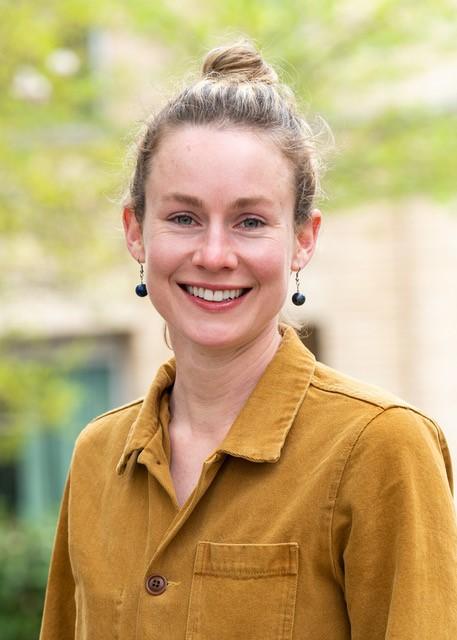
Sarah Clark
Assistant Professor
Department of Biochemistry & Biophysics
Sarah Clark
Assistant Professor
Department of Biochemistry & Biophysics
Research
The Clark lab studies the molecular mechanisms of lipid transport and sensory transduction. We leverage C. elegans genetics and scalability to investigate the architecture and function of the macromolecular complexes at the heart of these cellular processes. We aim to understand how these mechanisms govern organismal behavior and physiology.